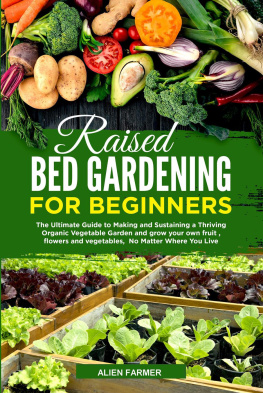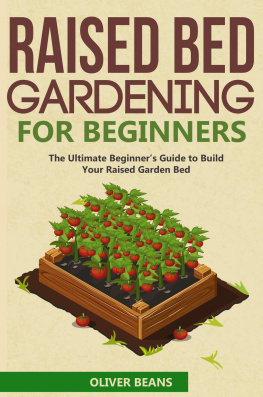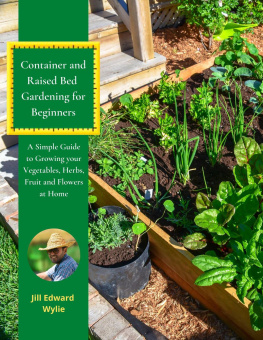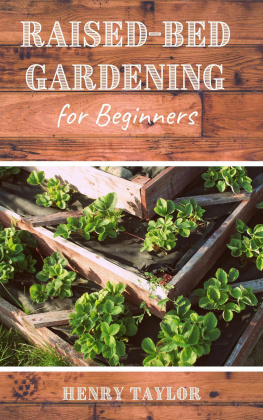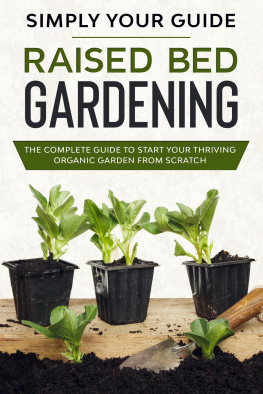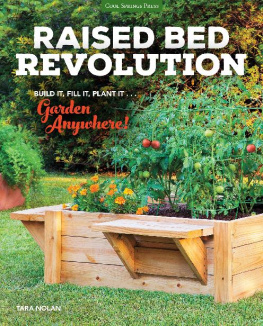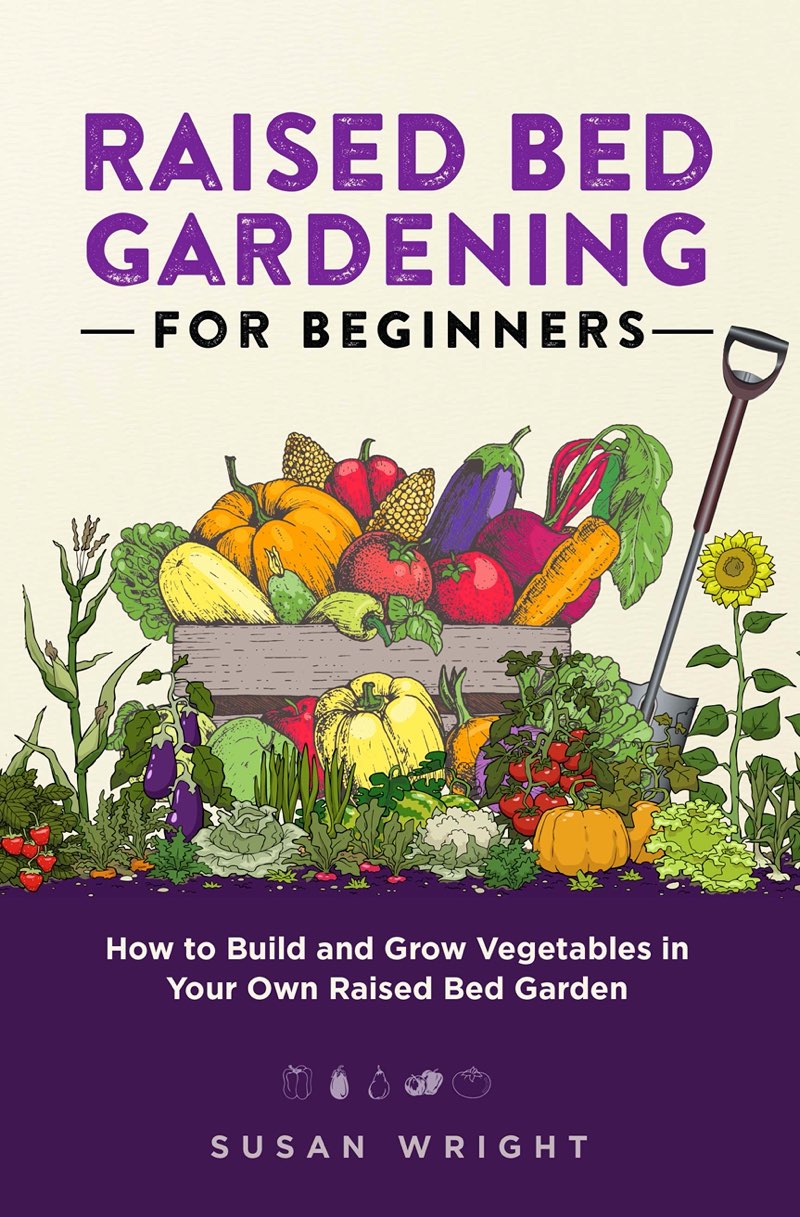Introduction
Raised bed gardening is a fun alternative to traditional gardening that offers a number of benefits. If you look closely, you might notice raised bed gardens creeping into or taking over people's gardens recently. Gardening is, in general, a pleasurable and productive activity. Growing your own food has its own set of advantages and might help you avoid boredom.
To begin, raised bed gardening is concerned with raised gardens. A raised garden is a garden that is planted inside a frame and ranges in height from a few inches to a few feet. Stone, wood, or whatever else you wish to use might be used to make these frames. This may appear strange at first, but it has its benefits.
The first is that it is easier to work on for seniors and other persons who have bad backs. There would be no need to stoop over because the garden will be as high as you want it. This type of gardening is suitable for persons who use wheelchairs or have limited mobility, not to mention that the quality of the plants and foods produced by these garden kinds is far superior.
The soil in a raised garden is not as compacted as ground soil because it should not be on the bottom, and no one steps on it. This is another benefit of raised bed gardening over traditional gardening. When soil isn't compacted, plant roots can stretch out more easily, allowing the plant to grow and survive at a greater level than it could on the ground. As a result, raised bed gardens may outperform traditional gardens in this regard.
It's not a competition or anything, but it may be crucial for those of us who develop our own cuisine. In these kinds of gardens, you can build anything you want; it doesn't have to be flowers. Fruits, vegetables, and just about anything else that grows in-ground soil will thrive in a raised garden. It's easy to see how this could be a fun task to have around the house or a way to teach your kids about gardening.
Another thing to keep in mind is that raised gardening cannot be done outside. You can have a garden indoors as long as you have sufficient sunlight and access to water. This isn't a new concept; many of us now have indoor gardens. This may make it easier to manage, especially if you don't need to leave the house or if it's raining outdoors.
Raised bed gardening is a fun alternative to traditional gardening. Raised bed gardens are simpler to maintain and are ideal for persons in poor health or older. They also create wonderful one-of-a-kind items and conversation starters. You can grow your fruits and veggies inside your home, just like any other garden, but I wouldn't recommend growing maize on a waist-high counter. It could get a little crowded unless you have a really high ceiling.
Raised beds are becoming increasingly popular among gardeners of all skill levels. You may learn how easy and convenient it is to cultivate with a gorgeous planter bed whether you are an expert, a beginner, a senior citizen, or even a child.
You accomplish various things when you increase the bed of your planting surface. Lifting an elderly citizen's planting surface can mean the difference between them continuing to enjoy their lifetime hobby of flower or vegetable gardening. This is also useful for relieving back and neck tension, which can become excruciating in certain elderly people. You can make the garden more comfortable for you by lifting the planter to eye level and arm's length. Lifting the bed provides a regulated and easy-to-maintain space for children and even novice gardeners. You have a smaller space that requires less weeding and trimming rather than a large space that can easily become out of control. Raised bed gardening is quite practical, according to expert gardeners. When you lift an area to expand its depth, you create an environment where the earth remains loose and deep rather than compressed. Plants thrive in this type of habitat because they may sink their roots deep into the soil. In addition, many planting beds are composed of recycled materials and insect-resistant timber components. This makes organic gardening a viable option for you at home, regardless of your skill level.
Raised garden beds provide benefits such as less weeding, improved soil conditions, and fewer backaches. Learn how to produce flowers and food in your backyard or on your deck with attractive garden beds that are raised for easier maintenance and greater growth.
What is Raised Bed Gardening?
R d bd grdnng a ml thnqu tht n mrv th hlth nd productivity f ur grdn. Rd beds hv bttr l trutur nd drng, llwng th soil t wrm u rlr in th n, nd gvng u a hd trt n rng.
Rd bd grdn r n dl w to grw vegetables nd mll frut. Th are lvtd a fw inches r mr above th l lvl and jut wide nugh t rh r b hnd. Plnt n b grud n a bd wth rmnnt wlkw n thr d. Th l d nt gt mtd n th l in whh lnt r grwn nvr wlkd n.
If you enjoy eating fresh, organic vegetables but dislike the prospect of weeding or running up a large water bill with a standard row garden, square foot gardening is for you. A four-foot raised garden bed with four side panels, and no bottom is used for square foot planting. To lay the foundation, you'll need to lay down a weed barrier. Then you fill the bed with a special soil mix that includes three equal parts vermiculite (to keep moisture in the soil), peat moss (to keep the soil light and loose for drainage), and compost (for nutrients). All of these can be found at your local nursery or garden center. If you're in a hurry to get started on your raised bed garden, just buy commercial compost for the time being. However, starting your organic compost for later would be well worth your time. It's a terrific method to save money on commercial fertilizer while also utilizing the nutrients in your kitchen, vegetable leftovers, and grass clippings.
An enclosed compost tumbler is the most convenient way to make compost. Then you won't have to deal with an open compost heap's ugly mess, stench, or insects. Look for a composter with a large, removable top for easy access and a crank that is simple to turn. Because it takes a few months for organic scraps to decompose into a rich fertilizer for your plants, you'll want to begin your homemade compost going as soon as possible.
Now, because you've got your own soil mix contained within the walls of this raised bed, you'll gain instant and noticeable benefits that you wouldn't get from traditional row planting. This garden bed's dirt will never be walked or kneeled on; thus, it will never become compacted. This has a number of benefits for you. To begin with, no rototilling will be required next season, and there will be less watering. Because of the loose soil, proper water drainage and moisture retention will be possible. Another benefit of keeping your plants in a 4-ft square bed is that you can simply access any part of your garden from the side of the bed without having to enter the garden. Isn't that a more practical method to plan a garden layout?
Plant spacing in square foot gardening is done on a grid, with a different type of plant in each square foot. It's a good idea to mark out this grid with twine before planting to guarantee correct plant spacing. The number of plants you insert in each square is determined by the plant's mature size. Because tomato plants are prolific vine plants, only one tomato plant per square foot is recommended. However, each square can hold up to four strawberry plants. Squash and cucumbers, for example, need to be grown vertically on a very solid frame since their runners take up so much area. You'll need an extra-deep bed with at least 12 inches of soil for deep-rooted plants like potatoes or carrots.





